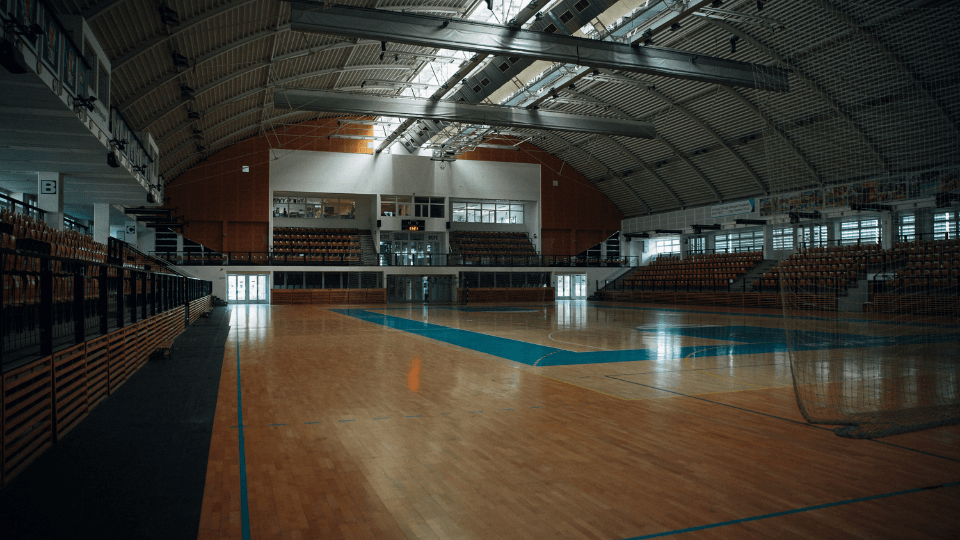The Squat.
Arguably the most foundational movement within any fitness or training program. Why? It’s simple. Mastering it boasts the most bang for your buck.
Firstly, it is a movement pattern essential to our DNA. Squatting (properly) is how we were designed to sit – chairs, couches, and toilets haven’t always existed. Squatting and standing is our way of getting up and down. While some may claim that a full range of motion squat is injurious to ones knees, the truth is actually just the opposite. Instilling proper mechanics and adding the squat through training is actually quite rehabilitative of bad knees (and backs, hips, etc) as well as preventative of potential injury. A good squat will set anyone up for a healthier life.
Additionally, it is a movement that can be used to improve your athleticism in every way. Proper squat mechanics translate into enhanced body control in a multitude of movements, keeping you injury-free and energy efficient. Developing raw squat strength makes you more powerful and explosive and initiates one of the best hormonal responses you can get from working out. Working the squat and it’s variations is also one of the best full-body mobility tools there is. Not surprisingly, it is also one of the most versatile movements you can program – from strength, to power, to stamina, to pure mobility, you can get it all from the squat.
All of these benefits, though, assume a mastery of movement. You’ll never see results if you don’t set the foundation first. So let’s talk about a proper squat and it’s 4 Points of Performance:
1. Entire foot in contact with the ground
2. Lumbar curve maintained
3. Knees tracking toes
4. Hips descending below parallel (hip joint below the knee joint).
Knowing the points of performance is one thing, executing them to perfection is another. Just telling an athlete what we’re looking for will rarely result in a perfect rep on the first try. More realistically, as we teach the squat, we will see a number of different issues from different athletes. In this discussion, we highlight some of the most common faults we see with new athletes, and offer up just a few possible coaching strategies to correct them.
Take time to get comfortable with the squat in intimate detail. Your ability to instill perfect mechanics in your athletes will go a long, long way towards setting them up for success.
Looking for more advance squat help? Check how to front squat or how to back squat.
How to Teach the Squat
Share this article:
Recent Posts
Interested if PLT4M can work at your school?
Follow Us!
At this HS, PE students can choose from a range of fitness activities - options like weightlifting, yoga, boxing, pilates, and bootcamp. Encouraging exploration & choice, it empowers them with the skills and confidence for a lifetime of health & wellness.

Student Choice in PE Leads To School-Wide Success
How does a school increase the motivation and excitement around physical education? Hutsonville does it by empowering student choice!
hubs.li
How does a high school Physical Education department transition from primarily a games-based program to a more fitness-focused curriculum?

Fitness-Focused Phys Ed At Hammond Central
After obtaining a grant to invest in curriculum and technology, Hammond Central has seen success with fitness-focused phys ed!
get.plt4m.com
With SEL playing a more prominent role in the crafting of physical education curriculum, how do you go about addressing mental health by way of emotion?

Lesson Plans On Emotions For Middle and High School Students
We discuss the importance of teaching social-emotional development in middle and high schools and provide 3 sample lesson plans on emotions.
hubs.li
How did one high school place students, with their own personal goals and choices, at the center of the approach to Physical Education?

Student-Centered Strength And Fitness Classes
Littlestown High School in Pennsylvania is seeing the positive results of student-centered learning in Strength and Fitness classes.
hubs.li
#SHAPECleveland TODAY at 3:15pm HCC Room 1 In #Pursuit of Better. @PLT4M @FocusedFitness2 @IHTSpirit Tech tools in #physicaleducation Make them work for your students! #PLT4M #IHTSpirit #FocusedFitness #qualitype
How does a High School create a year-round strength and conditioning program that addresses the complete picture of multi-sport athletes, to the benefit of all?

Total Athletic Development at Denmark High School
Denmark High School supports student-athletes total athletic development via year-round strength and conditioning. See how.
hubs.li




